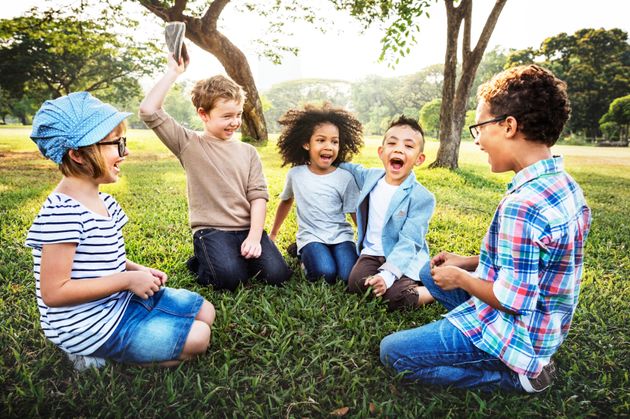
Last week, it was recommend that all primary school pupils should run a Daily Mile, as it significantly improved their health and concentration in the classroom. Well, I’ve got another idea I think should be adopted by all primaries – forest school.
For those who don’t know, forest school doesn’t have to take place in an actual forest – it can be a few hours in amongst trees in the school grounds or playing field. But what’s important, is that it teaches children skills that are going to be vital for them to thrive in the future.
Let me explain.
Last week, my nine-year-old son was busy doing his homework, which was to come up with 10 things you might not know about Henry VIII. He immediately jumped on Google to fact find. It made me think about how easy it is to find information compared to when I was at school and how relevant it will be for children to be able to retrieve and remember information when they reach adulthood.
With great leaps being made in technology and the likelihood that AI will increasingly run areas of our lives, it’s uncertain which jobs will be left for humans when children my son’s age enter the workplace.
But no matter what AI is developed, our brain will always be the best computer as it functions on both an emotional and rational level. It’s what makes us humans unique.
And what most experts agree on is that the jobs that rely on human qualities and skills will be the ones that will still exist in the future.
That’s why I think that what my son learns at his primary’s forest school sessions every Thursday afternoon are so important for his personal development. At forest school, my son and his friends spend time at a public wooded green space near their primary and learn through creative activities, group work, tool use and physical challenges – they make fires, make things out of natural materials, build dens, climb trees and learn about flora and fauna. Through these activities, they build a sense of community, self-esteem and empathy towards others. They become self-motivated and vitally, they learn to be resilient.
In recent years I’ve noticed an increase in training staff at ‘resilience workshops’ and I wonder about the link between this need and the rise in mental health referrals. Children can gain tools for life from the forest school approach, which as a mother and employer I highly value. In my working life, resilience in particular is the one aspect lacking in a lot of people when they join the workforce. Life as an adult isn’t easy – but by teaching children resilience, we can help future-proof them.
Forest school also encourages appropriate risk taking. It might make you feel uncomfortable as a parent, but it’s crucial for children to take risks to develop their physical limits as well as their social interactions and emotional needs. These are all hugely important for a happy and healthy individual.
We are such a guarded society and we’re forever – myself included – watching our children all the time and being hyper-cautious about everything they’re doing. But they need to challenge themselves from a physical, emotional and mental point of view if they’re to grow in confidence.
The repetition of facts and information is being increasingly devalued by technology and in order to retain our value in the workplace, we need to celebrate our uniquely human attributes – the ones that can’t be made redundant by AI.
Our education system needs a balance if we are to create well-rounded human beings that progress our society, our planet and our collective future.
In the words of Teresa Cremin, a professor of education at the UK’s Open University, by failing to develop resilience, imagination, creativity and resourcefulness, the British national curriculum is “educating for the past, not the rapidly changing and unknown future”.
If we can get more of our children experiencing forest school, it will be a step in the right direction.